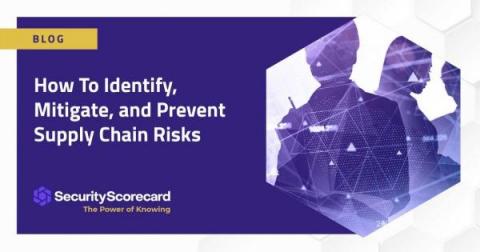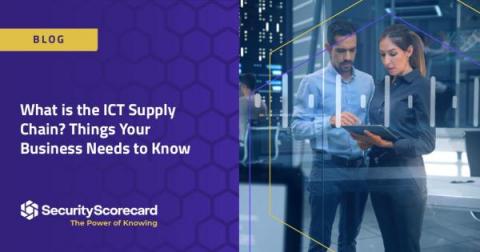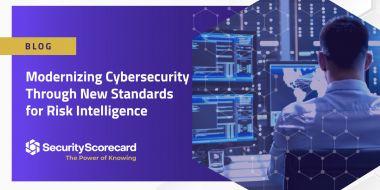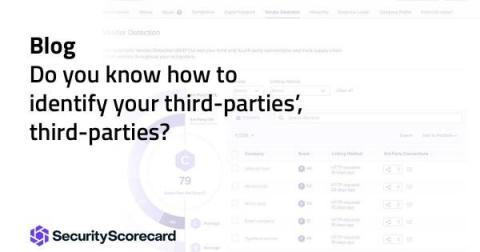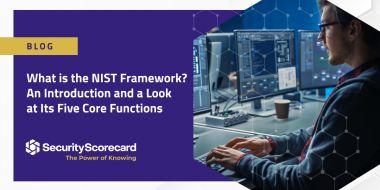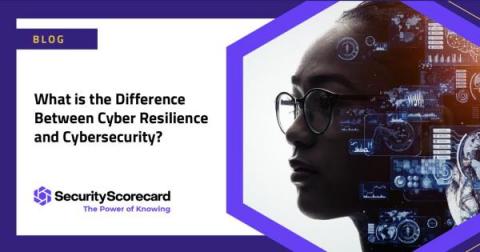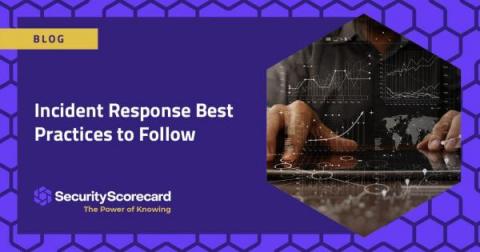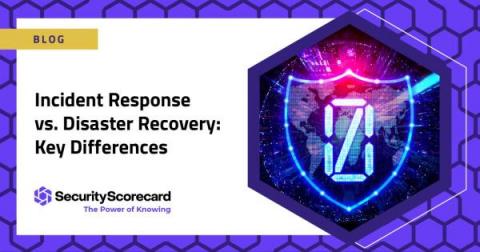How To Identify, Mitigate, And Prevent Supply Chain Risks
As cyber attacks and security breaches have increased in recent years, managing digital supply chain risks is becoming more difficult. Cybercriminals exploit vulnerabilities in the ecosystem of less secure suppliers and third-party vendors to gain access to larger institutions. These institutions need to look beyond their own cybersecurity maturity to be successful; cyber risks need to be identified across the ecosystem.


